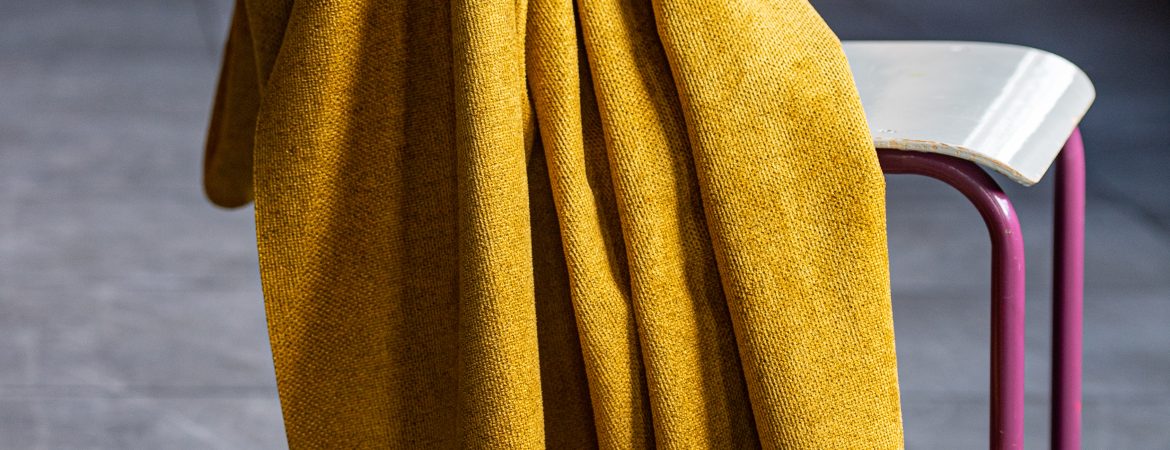
Unlocking sustainability: the impact of RPET on environmental conservation
In today’s environmentally conscious landscape, the need for sustainable solutions has never been greater. A noteworthy player in this field is RPET, which stands for Recycled Polyethylene Terephthalate, a sustainable material produced from recycled plastic bottles. The material is utilized in various sectors, making significant contributions to environmental conservation. Let’s delve deeper into the intricacies, its production, applications, and the crucial role it plays in environmental preservation.
As concerns about plastic waste and environmental effects escalate, industries are seeking innovative solutions. One of these alternatives is RPET, a sustainable champion born from the recycling of polyethylene terephthalate, commonly found in plastic bottles. This article provides insight into the versatile aspects and its positive implications for the environment.
Production process of sustainable furniture fabrics
This material is produced through careful collection, cleaning, and processing of used plastic, particularly PET bottles. This recycling process not only minimizes plastic waste but also saves energy compared to the production of new plastic. Click here to learn more about the recycling process of our RPET furniture fabrics.
RPET suitable for various products
From packaging materials to clothing and even furniture, RPET proves its versatility in different industries. The scope of RPET applications goes beyond conventional expectations, contributing to a more sustainable future. It is a crucial material in the production of sustainable fabrics.
Environmental benefits of RPET
The use of RPET brings significant environmental benefits. By recycling plastic, the demand for raw materials decreases. Thus, RPET alleviates pressure on natural resources and reduces the amount of plastic waste in landfills and incinerators.
Where quality and sustainability converge
Concerns about the quality and sustainability of recycled materials like plastic are common. However, RPET demonstrates progress in recycling technologies, offering comparable comfort, softness, and durability to conventional (virgin) materials. This is further affirmed in the product passports of our sustainable interior fabrics. The fabrics undergo extensive internal and external quality testing because sustainability, for us, is not just about recycled plastic or other materials. The lifespan of sustainable furniture fabrics also plays a crucial role.
Addressing challenges in recycling
While recycling poses challenges, RPET tackles these issues by transforming recycled materials into high-quality products, promoting a circular economy.
Sectors embracing RPET
The packaging, clothing, and furniture sectors are well-positioned to benefit from the sustainable properties. The adoption of this material aligns with companies’ sustainability goals and anticipated legislation. Additionally, consumers prefer environmentally friendly products.
At Fabraa, this is no different. The percentage of sustainable material in our furniture fabrics can reach up to 100%. Curious about our products? View them here.
Involvement of producers and consumers
Both producers and consumers play a crucial role in promoting the use of RPET. Choosing products made from RPET, supporting recycling programs, and reducing the use of disposable plastics collectively contribute to a more sustainable future.
Conclusion
RPET gives a second life to plastic materials and is, therefore, a viable alternative for now. As industries, governments, and consumers unite in their commitment to eco-friendly alternatives, embracing is not just a choice; it is a collective step toward a greener, more sustainable future.
There are also opponents of using fossil materials due to the dependence on this polluting industry. However, we believe that, partly due to the widespread presence, demand, and technical specifications of these materials, recycling fossil materials is a necessary puzzle piece to achieve the overall transition within the furniture fabrics industry.